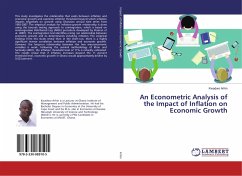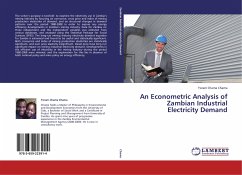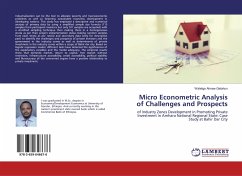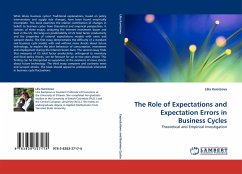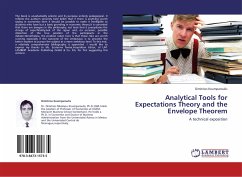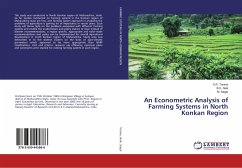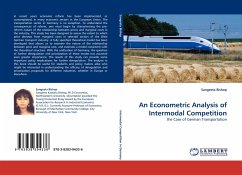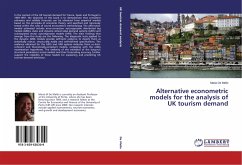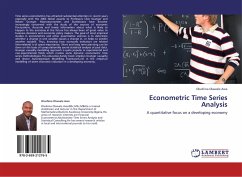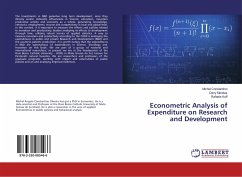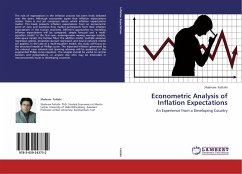
Econometric Analysis of Inflation Expectations
An Experience from a Developing Country
Versandkostenfrei!
Versandfertig in 6-10 Tagen
39,99 €
inkl. MwSt.

PAYBACK Punkte
20 °P sammeln!
The role of expectations in the inflation process has been hotly debated over the years. Although economists agree that inflation expectations matter, there is not yet consensus about which inflation expectations matter. This book presents inflation expectations from an econometric point of view and examines how market participants form their inflation expectations in the Iranian economy. Different approaches to modeling inflation expectations will be compared: simple forecast and a multi-equation model. In the first case, autoregressive moving average models, state-space model, the Kalman fil...
The role of expectations in the inflation process has been hotly debated over the years. Although economists agree that inflation expectations matter, there is not yet consensus about which inflation expectations matter. This book presents inflation expectations from an econometric point of view and examines how market participants form their inflation expectations in the Iranian economy. Different approaches to modeling inflation expectations will be compared: simple forecast and a multi-equation model. In the first case, autoregressive moving average models, state-space model, the Kalman filter, the additive model, multiple adaptive regression splines, projection-pursuit regression and neural network model are applied. In the case of a multi-equation model, this study will focus on the structural model of Phillips curve. The expected inflation generated by the rational, near rational and learning schemes will be examined in the augmented Philips curve equation. The analysis should be useful to central bankers and policymakers, or anyone else who may be interested in macroeconomic issues in developing countries.



